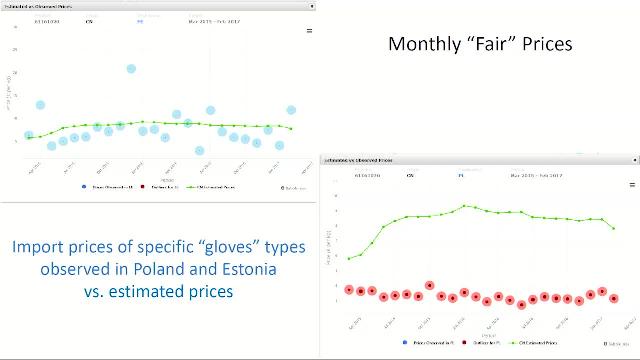How the Heart Turns Metabolic Fuel into Mechanical Work
From the series: MathWorks Research Summit
Daniel A. Beard, University of Michigan
Cardiomyocytes (muscle cells that makes up the major portion of the walls of the heart) consume metabolic substrates (primarily carbohydrates and fats) to continuously produce adenosine triphosphate (ATP). The hydrolysis breakdown is, in turn, used to drive the electrical and mechanical function of the heart. Because metabolic demand for ATP production in the myocardium is proportional to cardiac work, and because ATP hydrolysis serves as the source of chemical-free energy to drive myocardial contraction, it stands to reason that limitations or impairments in myocardial energy metabolism may contribute to baseline and/or reserve cardiac power output.
Researchers at the University of Michigan use MATLAB® to build multi-scale models of cardiac function integrating metabolic and mechanical function at the cell level, cardiac pumping at the whole-organ level, and circulatory mechanics at the whole-body level. By integrating these processes together in computer simulations, researchers analyze and predict how dysfunction at the cellular metabolic level may impact cardiovascular health. MATLAB based simulations are used to analyze data from laboratory experiments and patient records, and to identify potential new therapeutic strategies.
Published: 21 Feb 2019
